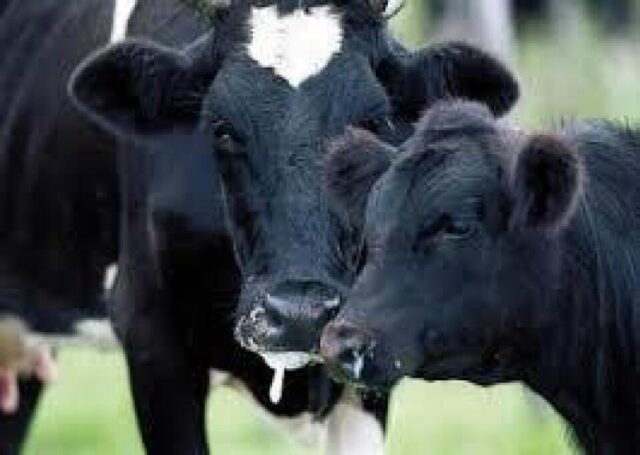SA biosecurity breaches signal serious capacity challenges in farm biosecurity and the country’s veterinary and related support services, mainly the laboratories, control of the movement of livestock and vaccine production, says the Agricultural Business Chamber.
SA BIOSECURITY breaches signal serious capacity challenges in farm biosecurity and the country’s veterinary and related support services, mainly the laboratories, control of the movement of livestock and vaccine production, says the Agricultural Business Chamber (Agbiz).
The agricultural organisation’s chief economist, Wandile Sihlobo, said one challenge raised by their members in various engagements for some time was the weaknesses in South Africa’s biosecurity system.
“Admittedly, biosecurity breaches are not uniquely South African and have become a significant challenge globally. We frequently hear of foot-and-mouth disease (FMD) in cattle, African swine fever in pigs and avian influenza in poultry worldwide. However, very few countries have had to deal with the scale of these disease outbreaks almost simultaneously as South Africa has had to do,” Sihlobo said
Agbiz said that last year, six of South Africa’s nine provinces reported FMD outbreaks.
It said conditions had not changed much, as on November 4 this year, the Department of Agriculture, Land Reform and Rural Development (Dalrrd) announced “a suspicion of an outbreak of FMD in cattle in Ramatlabama under the Ngaka Modiri Molema District Municipality in the North West Province”.
“At this point, it is just a suspicion of an outbreak based on positive serology results. Epidemiological investigations are under way to confirm the presence or absence of virus circulation.”
Sihlobo said this meant the FMD issue that was identified a year ago remained a challenge.
“Notably, these outbreaks weigh heavily on the cattle industry’s fortunes, and the 2022 massive outbreak led to the suspension of beef and livestock product exports to a range of markets for some time.”
The agricultural organisation’s said this called for the South African government and organised agriculture and industry bodies to closely work together to address the country’s biosecurity challenges.
“As climate change intensifies, the problem of animal diseases will likely be more prevalent. Thus, the DALRRD should consider earmarking a share of its annual budget for emergencies to deal with biosecurity risks. These funds should be utilised under strict rules and in concurrence with the National Treasury only in the case of notifiable animal disease outbreaks.
“This will be necessary to control animal movements, procure vaccines and permit vaccination in certain areas, employ additional staff at the provincial level, and compensate producers a certain share when animals must be culled,” Sihlobo said.
He said it was also necessary to repair and maintain international fences, which fail to keep wild animals and infected animals from neighbouring countries out of South Africa.
“Collaboration between Public Works and the National Treasury in this respect is critical. In essence, most interventions require better management, coordination, restructuring of the various departments, and investment in fencing, new laboratory equipment, and vaccine production.
Agbiz said beyond the technical matters, the relationship between the regulators and farmers should also be improved so that disease outbreaks could be managed collaboratively with no hostility between regulators and the farmers.
“We would like to emphasise that most of the interventions required to deal with these biosecurity breaches are listed in the Biosecurity Task Team report presented to the DALRRD about two years ago. A full implementation of the Task Team report would be positive for the sector.”
Sihlobo said farmers and their business’s growth prospects remained at risk if there were no material improvements in biosecurity.
“This also means the trading of their livestock faces various constraints. One could argue that, in some instances, these new entrant farmers may even have fewer protective measures such as the ability to manage livestock movement with proper fencing.”
Agbiz said these outbreaks that started a year ago, and even the recent avian influenza occurred at a time when the livestock and poultry industry also faced higher feed prices – maize and soybeans – thus worsening the farmers’ financial fortunes. It said it was only from the second quarter of this year that feed prices materially declined from the levels we saw over the last two years.
“Any negative impact on the livestock and poultry industry risks presenting a material impact on the fortunes of South Africa’s agriculture. This subsector accounts for roughly half of agriculture’s gross value added. Also worth noting is that improving the biosecurity measures could boost a sub-sector that is crucial for inclusive growth.
For example, the National Agricultural Marketing Council (NAMC) estimates suggest that black farmers account for 18%, 13% and 34% of wool, mohair, and cattle production, respectively,” Sihlobo said.
– BUSINESS REPORT








